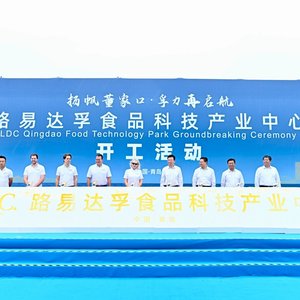Researchers from seven land-grant universities are working together to develop technology that helps catfish farmers meet rising consumer demand for catfish. They are collaborating in Multistate Research Project S-1031 \"Hybrid Catfish Production & Performance,” which is supported, in part, through USDA\'s National Institute of Food and Agriculture.
S-1031 researchers focus their research and outreach efforts on improving the efficiency of the technology and practices used to raise hybrid catfish.
\"Although channel catfish represent 70 percent of the catfish industry, production has decreased—both large commercial catfish producers and small family farms are struggling to keep up with the rising costs of production and less expensive imported fish. That\'s why it\'s imperative that we continue to work together to make it easier to produce hybrid catfish, crosses of blue and channel catfish that are faster-growing and meatier. Although hybrid catfish farming can lower production costs, farmers need specific production and harvest technology,\" said Saied Mostaghimi, director of the Virginia Agricultural Experiment Station at Virginia Tech and administrative advisor for S-1031.
S-1031 researchers have worked together to increase adoption of efficiency-boosting technology and practices among hybrid catfish farmers. Specifically, researchers have developed technology for sorting fish in ponds into groups by size so that smaller catfish do not get caught in traditional sorting nets. In addition, researchers have developed ways to improve hybrid breeding, such as extending spawning seasons, determining ideal temperature and timing for hybrid embryo hatching, altering female catfish diets to increase fecundity, and selective breeding to select fish with valuable traits.
\"Improved hybrid catfish production and harvest technology will not only help our farmers but will also improve our food security as demand for hybrid catfish increases. Catfish farming is an integral economic driver for many communities, especially here in the South, and we hope our research will sustain productivity and profits for our farmers,\" said Mostaghimi, who is the associate dean of research and graduate studies for the College of Agriculture and Life Sciences.
Hybrid fry catfish production has drastically increased since S-1031 researchers first began working on this project. In 2014, 200 million hybrid catfish fry were produced, which is more than 12 times the production rate in 2007. This year, hybrid catfish production is expected to account for more than 50 percent of catfish production.










